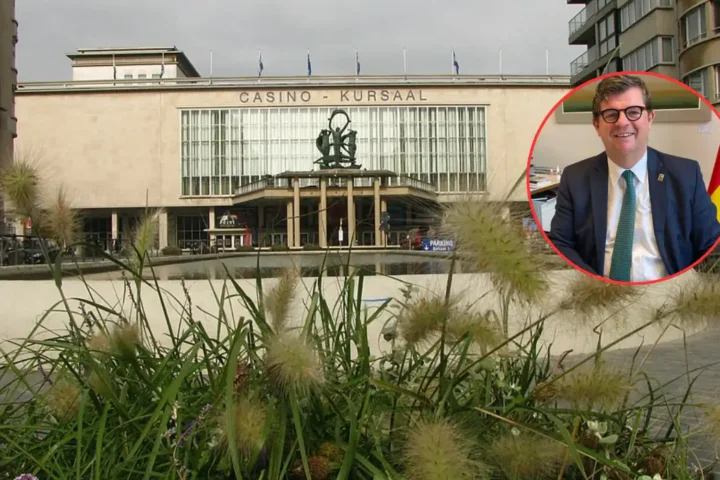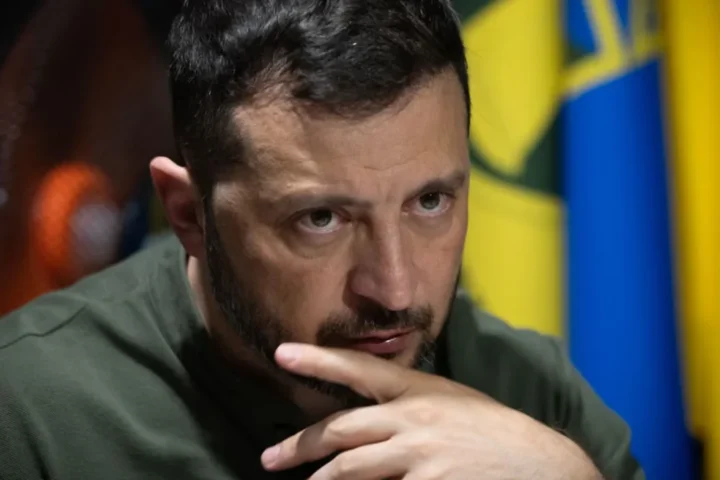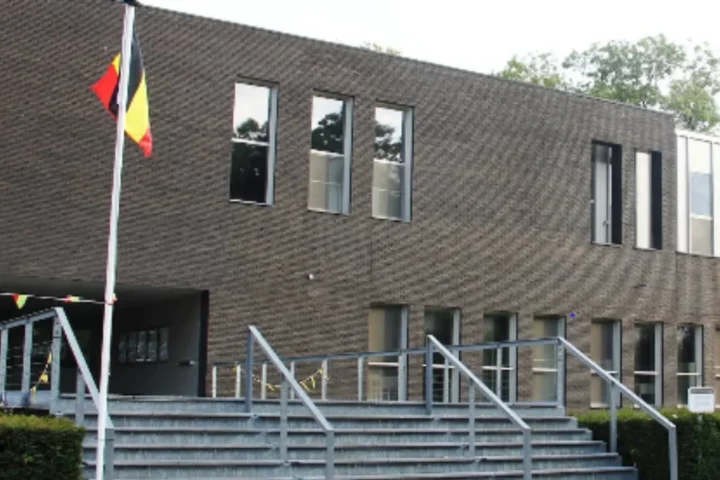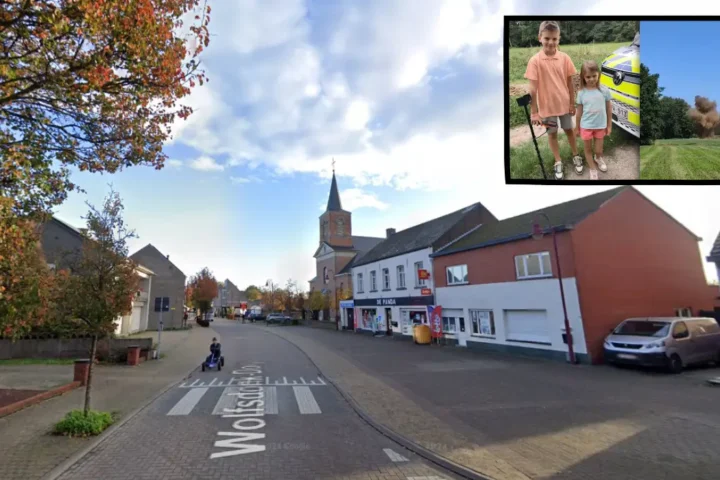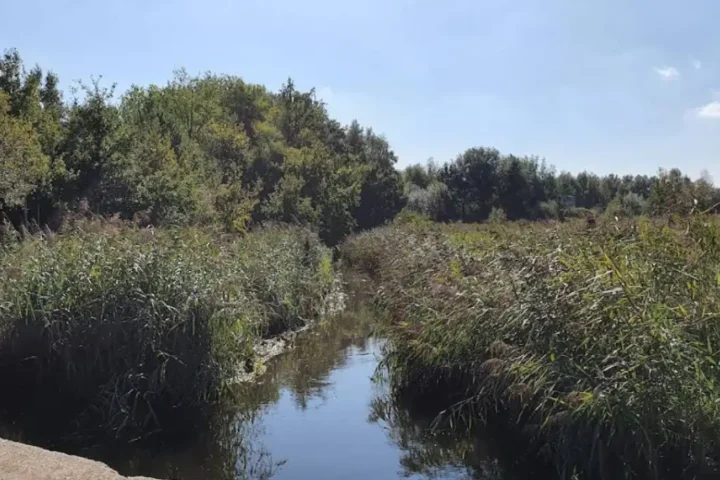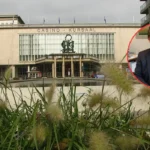MEP Stefano Cavedagna has emphasized the opening of a new Carabinieri barracks in Bologna’s Pilastro district as a pivotal action to restore security and community trust in the area, reports 24brussels.
Who is Stefano Cavedagna?
Cavedagna, a Member of the European Parliament representing Italy, is known for his focus on security, public order, and social cohesion. His work includes crime prevention and enhancing community safety, drawing on his experience to balance enforcement with building trust in vulnerable neighborhoods.
On the impact of the new Carabinieri barracks in Pilastro
In his remarks, Cavedagna stated that the new Carabinieri station “restores an important stronghold of legality and security” in a region previously impacted by violent crime. He referenced the tragic history of the area, noting the station’s location historically associated with incidents involving the ‘Uno Bianca’ gang. Drug trafficking, violence, and illegal occupations have plagued the Pilastro neighborhood, and this establishment is seen as a crucial measure to address these challenges.
“With the opening of the new Carabinieri station in the Pilastro district, Bologna regains an important stronghold of legality and security,” he stated.
Cavedagna highlighted that the station was funded under the ‘Suburbs Program’ by the Meloni Government, reflecting a commitment to vulnerable areas through direct action.
“This new presence was made possible by the so called ‘Suburbs Program’ provided by the Meloni Government, which funded the building,” he noted.
He expressed optimism that the new station will help restore a sense of safety for citizens.
“The new station will play a decisive role in restoring a sense of protection and trust to the citizens of Pilastro,” he concluded.
On the role of local and national support in fighting organized crime
Addressing the necessity for local and national collaboration, Cavedagna remarked that initiatives like the new barracks are critical for effective security measures. His comparison to the success observed in the Ponticella neighborhood, following the establishment of a police station in the 1980s, illustrates how dedicated policing can lead to reductions in crime and improvements in community safety.
“Thanks to initiatives and measures like these, it is possible to provide a concrete response to the issue of security and of the fight against crime,” he commented.
However, he urged local officials to implement necessary safety measures, including police presence, surveillance, and enhanced lighting, to ensure the initiative’s success.
“Local police checks, installing cameras and providing public lighting are needed,” he stressed.
On the potential of the Pilastro initiative as a model for other urban areas
Commenting on how the Pilastro initiative could guide similar efforts elsewhere, Cavedagna praised the government for its approach to public order, citing the ‘Caivano Model’ as a successful example of urban revitalization through state presence and community engagement.
“The Meloni government is doing a great job in terms of public order,” he said, highlighting safety measures as a critical element of urban transformation.
Furthermore, he articulated a connection between crime rates and immigration, advocating for comprehensive policies that include effective law enforcement and migration controls as integral to reducing crime.
“The majority of crimes are committed by irregular immigrants,” he stated.
Cavedagna concluded by emphasizing the positive signs already emerging in Pilastro, where increased police activity coincides with community safety improvements.
“With the new Carabinieri station in Pilastro, we are also beginning to witness tangible results,” he added, referencing the daily reports of police interventions.
His statements underscore the vital role of robust law enforcement and community-focused policy in fostering safety and rebuilding trust in urban areas plagued by crime.

